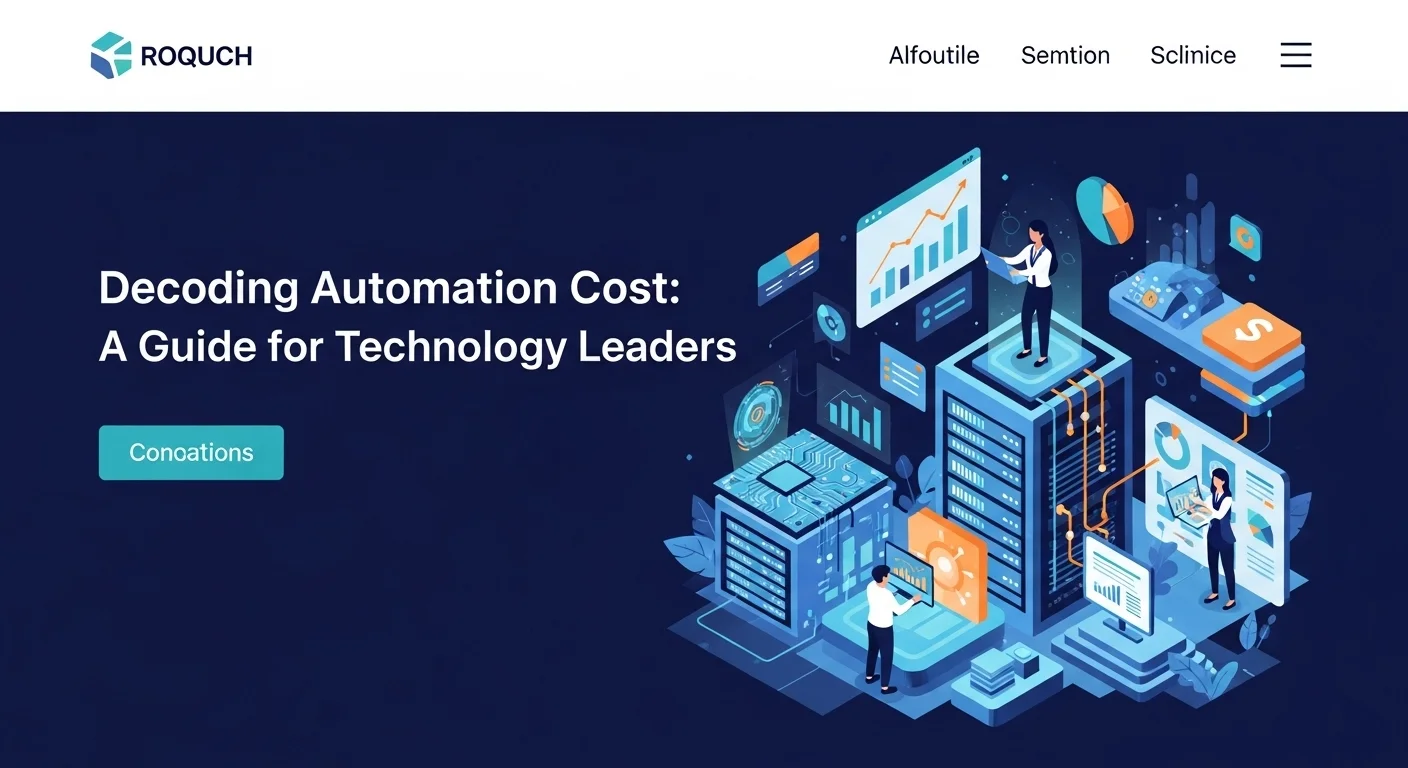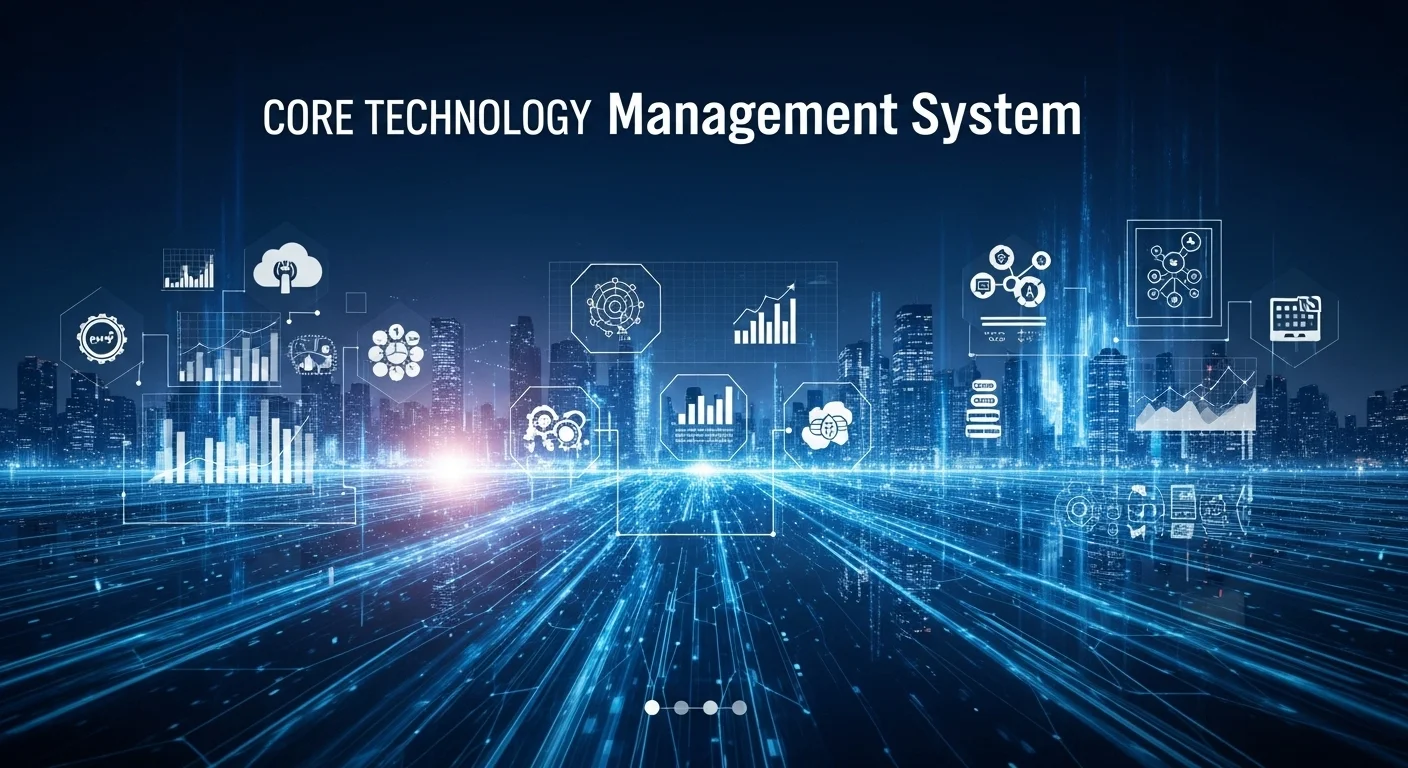Insteon Controller: A Deep Dive into Smart Home Technology
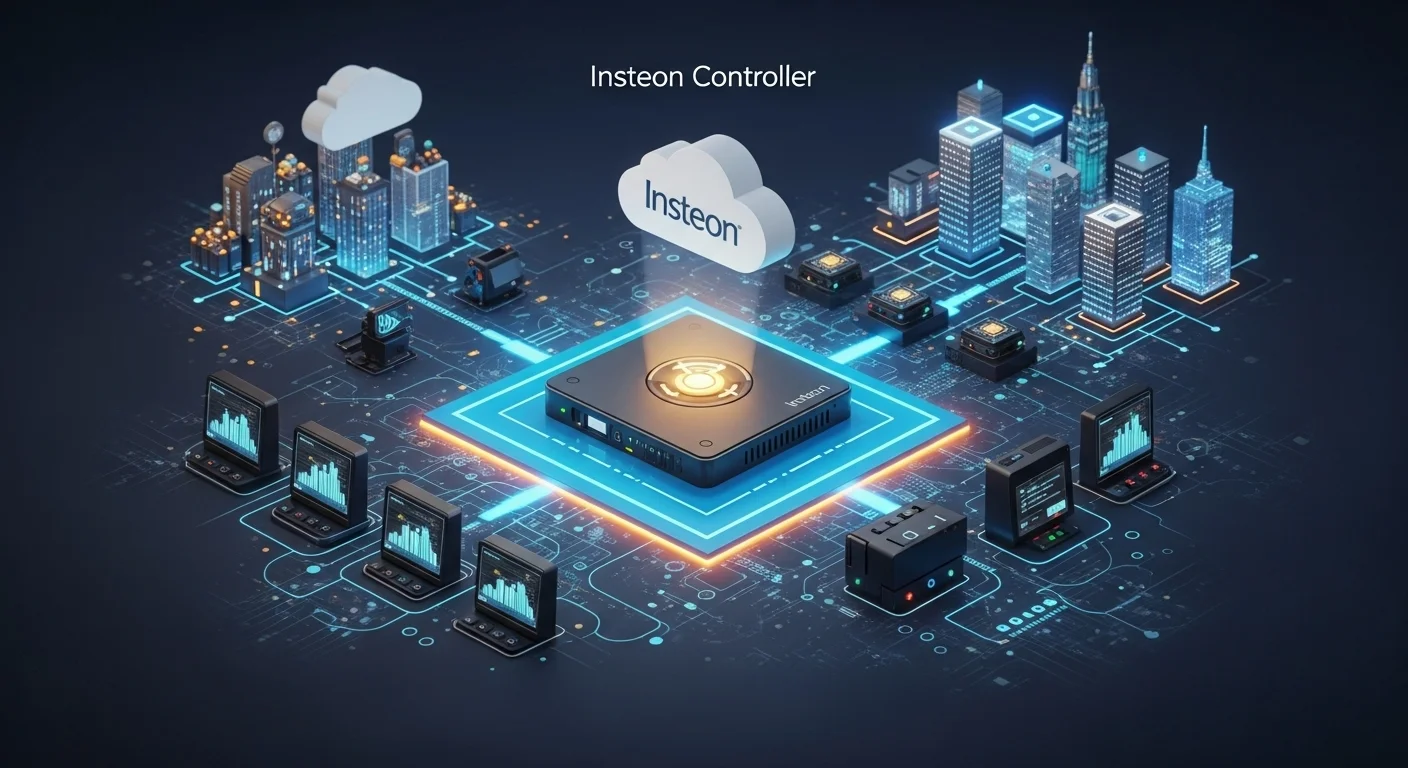
Executive Summary
This article provides a comprehensive exploration of the Insteon Controller and its pivotal role in modern smart home and business technology. We delve into the core of Insteon's unique dual-mesh technology, which combines powerline and radio frequency communication for unparalleled reliability. [1, 5, 7] The central piece of this ecosystem, the Insteon Controller, is examined in its various forms, from the user-friendly Insteon Hub Central Controller to the highly customizable Insteon Controller Raspberry Pi setup for tech enthusiasts. [2, 15] This piece highlights the system's resilience, its applications in both residential and commercial settings, and its place within the broader Internet of Things (IoT) landscape. We address the practical aspects of installation, scene creation, and integration with platforms like Alexa and Google Assistant. [2, 9] Furthermore, the article covers specialized devices such as the Insteon irrigation controller, showcasing the system's versatility. [30] It also navigates the company's recent history, offering insights into its long-term viability and the strength of its user community, making it an essential read for anyone considering or currently using Insteon technology.
Table of Contents
What is Insteon Controller and why is it important in Technology?
In the rapidly evolving world of the Internet of Things (IoT) and smart home automation, a reliable and responsive communication protocol is the bedrock of a truly intelligent living space. Among the myriad of technologies vying for dominance, Insteon has carved out a unique and resilient niche for itself. At the heart of every Insteon network lies the Insteon Controller, the command center that orchestrates the seamless operation of every connected device. Understanding the Insteon Controller is not just about understanding a single piece of hardware; it is about grasping a robust technological philosophy that prioritizes reliability and user control in an increasingly cloud-dependent world. This technology has proven essential for both tech-savvy homeowners and small businesses looking for affordable, scalable automation solutions.
The fundamental aspect that sets Insteon apart from competitors like Z-Wave, Zigbee, or standard Wi-Fi is its patented dual-mesh technology. [3, 5, 8] Unlike other systems that rely solely on radio frequency (RF) or powerline communication, Insteon ingeniously uses both simultaneously. [7] Every Insteon device acts as a peer and a repeater, receiving and retransmitting messages through both the existing electrical wiring of a building and a dedicated RF signal. [1, 7] This dual-path approach creates a self-healing mesh network of incredible robustness. If RF interference from a microwave or cordless phone disrupts the wireless signal, the message still travels through the powerline. Conversely, if electrical noise from a vacuum cleaner or power tool interferes with the powerline signal, the RF path serves as a reliable backup. [1] This results in a system with a significantly lower error rate and a reliability that is critical for essential functions like security, lighting, and environmental control. [5] The importance of this in technology cannot be overstated; it represents a foundational layer of trust. When you press a button or an automated scene is triggered, the command gets through with near-certainty and remarkable speed, often in less than 0.05 seconds. [7]
The central nervous system of this dual-mesh network is the insteon central controller hub. While individual Insteon devices can be linked directly to each other for simple control (e.g., a switch controlling a lamp), the true power of the system is unlocked with a central controller. [1] This device acts as the bridge between your Insteon network and your digital life, enabling control via smartphones, tablets, and voice assistants like Amazon Alexa and Google Home. [2, 9] It is the component that allows for the creation of complex scenes, schedules, and event-driven automation. For instance, a single 'Goodnight' command could lock the doors, turn off all the lights, and adjust the thermostat. The most common iteration of this is the insteon hub central controller, a user-friendly device designed for straightforward setup and management through a dedicated app. [4, 6] This hub-and-spoke model, while common in smart homes, is fortified by Insteon's peer-to-peer device linking, meaning that even if the hub were to go offline, the basic, pre-linked functions of your switches and sensors would still operate—a crucial distinction from many purely cloud-based systems. [28]
A significant chapter in the Insteon story is its corporate journey. In April 2022, the original company, Smartlabs, abruptly shut down its cloud servers, rendering many user hubs and app-based controls inoperable. [19, 39] This event sent shockwaves through the smart home community and served as a stark reminder of the vulnerabilities of cloud-dependent technology. [38] However, the story took a positive turn when a group of dedicated users acquired the company and its assets, relaunching the service. [16] This revival, while necessitating a new subscription model to ensure sustainable funding for cloud services, demonstrated the profound loyalty and passion of the Insteon user base. [9, 16] More importantly, it highlighted a key technological advantage for advanced users: the ability to operate an Insteon system completely independent of the cloud. This is where the insteon controller raspberry pi solution comes into play. Tech enthusiasts and privacy-conscious users can bypass the official hub entirely by using a PowerLinc Modem (PLM) connected to a Raspberry Pi running open-source home automation software like Home Assistant or openHAB. [15, 19] This setup provides unparalleled control, customization, and privacy, as all data and automation logic are processed locally on the user's own network. The 2022 shutdown inadvertently became the most compelling argument for this powerful, self-hosted approach, proving that the underlying Insteon technology was robust enough to survive even the failure of its parent company.
The versatility of the Insteon ecosystem extends to specialized applications, demonstrating its adaptability beyond simple lighting and appliance control. A prime example is the insteon irrigation controller. Products like the EZFlora module allow users to integrate their lawn and garden sprinkler systems directly into their Insteon network. [27, 30] This enables sophisticated, automated watering schedules that can be controlled remotely or triggered by other Insteon sensors. For example, you could program the system to skip a watering cycle if a rain sensor detects moisture, conserving water and reducing utility bills. For businesses like landscaping companies or property managers, this level of control offers significant operational efficiencies. This specific application underscores the broader importance of the insteon controller as a platform for integrated resource management. By bringing diverse subsystems like lighting, HVAC, security, and irrigation under a single, reliable control protocol, Insteon provides a holistic solution for smart building management, applicable to both residential and small commercial environments. The technology’s ability to handle these varied tasks reliably makes it a significant and enduring player in the automation landscape.
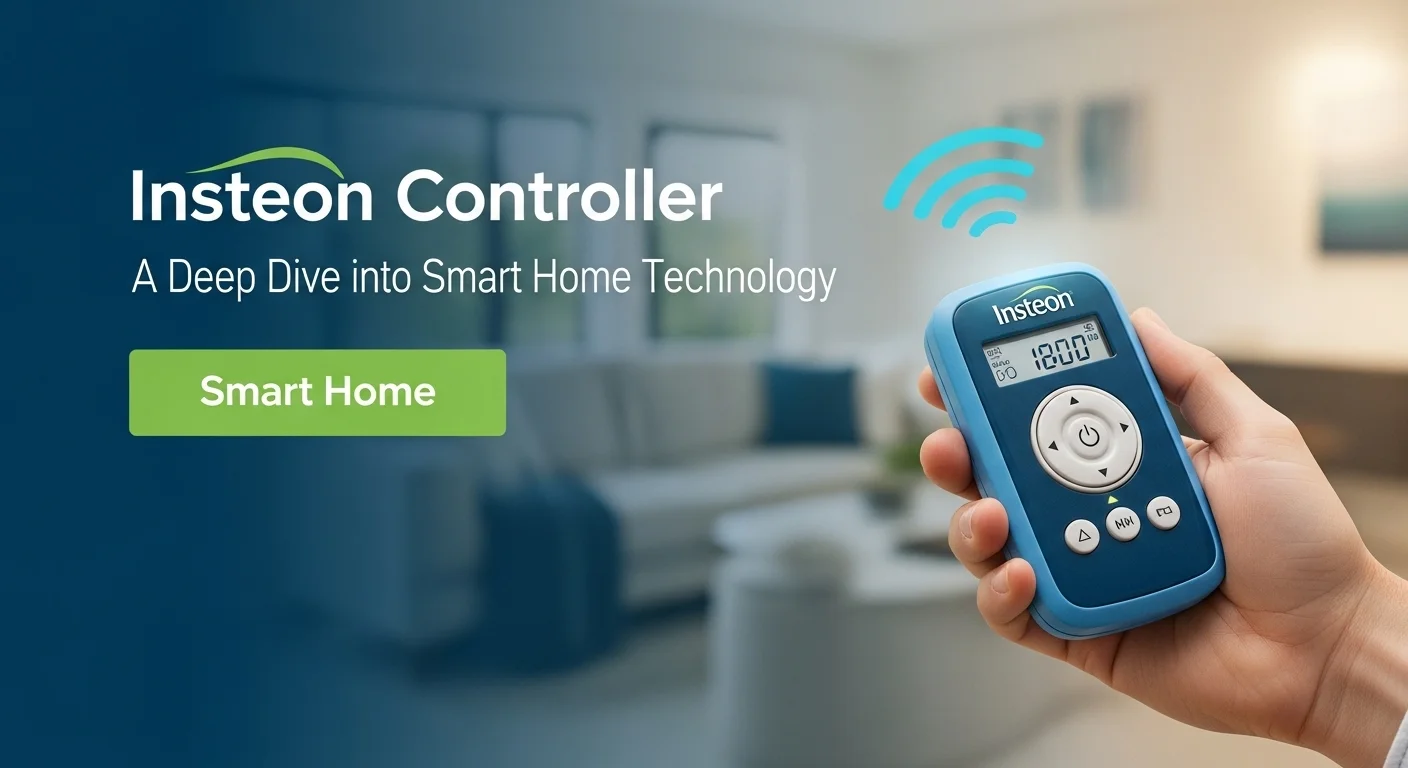
Complete guide to Insteon Controller in Technology and Business Solutions
Implementing a smart automation system, whether for a home or a business, requires a clear understanding of the technology's capabilities, installation procedures, and long-term management. This guide provides a comprehensive overview of the Insteon Controller, from initial setup to advanced business applications, offering a roadmap for leveraging this powerful technology. We will explore both the plug-and-play approach with the official hub and the more advanced DIY methods, providing the necessary knowledge for any user to build a reliable and efficient system.
Technical Methods: Installation and System Configuration
The journey into the Insteon ecosystem typically begins with the selection of a controller. The two primary paths are the official insteon hub central controller and a DIY setup using an insteon controller raspberry pi.
1. The Insteon Hub (Model 2245-222): This is the most direct route for most users. The installation process is designed for simplicity: connect the Hub to your internet router with an Ethernet cable and to a power source. [4] Once powered on, you download the Insteon Director app on your smartphone or tablet and follow the on-screen instructions. [43] The app will guide you through creating an account and discovering the Hub on your network. Device pairing is equally straightforward. For each Insteon device (e.g., a dimmer switch, plug-in module, or sensor), you typically put the Hub into 'linking' mode via the app, and then press and hold the 'Set' button on the device itself. The Hub confirms the link, and the new device appears in your app, ready to be named, controlled, and added to scenes. The strength of this method is its low barrier to entry and official support. However, it relies on Insteon's cloud services for remote access and some advanced functions, which now requires a subscription. [9]
2. The Raspberry Pi with a PowerLinc Modem (PLM): This method is for the tech enthusiast who desires maximum control, privacy, and integration capabilities. The core components are a Raspberry Pi computer (a Model 3 or 4 is recommended), a microSD card for the operating system, and an Insteon PLM (like the 2413U USB model or 2413S serial model). [15] The most popular software for this setup is Home Assistant, a powerful, open-source automation platform. The process involves:
- Flashing the Home Assistant OS onto the microSD card. [15]
- Booting the Raspberry Pi and connecting it to your home network.
- Plugging the Insteon PLM into one of the Pi's USB ports.
- Accessing the Home Assistant web interface from another computer and adding the 'Insteon' integration. [22] Home Assistant will detect the PLM and allow you to start managing your network.
Business Techniques and Applications
While often associated with residential use, the Insteon platform offers compelling solutions for small to medium-sized businesses (SMBs) due to its reliability, scalability, and cost-effectiveness. The insteon controller can serve as the brain for a variety of commercial automation strategies.
Energy Management and Cost Reduction: For offices, retail stores, or restaurants, lighting and HVAC are significant operational expenses. An insteon central controller hub can be programmed to automate these systems. For example, 'Opening' and 'Closing' scenes can ensure all lights are turned on or off at the appropriate times, eliminating human error. Occupancy sensors can be linked to lights in low-traffic areas like storage rooms or restrooms, ensuring they are only on when needed. The Insteon Thermostat can be scheduled to maintain comfortable temperatures during business hours and enter an energy-saving mode overnight and on weekends. [26] This level of granular control can lead to substantial reductions in utility bills.
Enhanced Security and Monitoring: Businesses can leverage Insteon for a DIY security solution. Door/window sensors, motion sensors, and glass break sensors can be configured to trigger alerts sent directly to a manager's phone. [12] They can also trigger lighting scenes to create the appearance of occupancy or turn on all lights to deter intruders. While not a replacement for a professional monitored alarm system, it provides a valuable layer of awareness and deterrence at a fraction of the cost.
Operational Efficiency and Ambiance: In hospitality or retail, creating the right ambiance is key. Insteon allows for the creation of sophisticated lighting scenes that can be changed with a single button press to suit the time of day or a special event. For property managers of rental units or Airbnbs, an Insteon system allows for remote management of lighting and climate control between guests, ensuring the property is welcoming upon arrival and energy is not wasted when vacant. Specialized devices like an insteon irrigation controller are perfect for managing the landscaping of commercial properties, automating watering schedules for maximum efficiency and curb appeal. [30] This centralized control streamlines maintenance tasks and reduces manual labor costs.
Available Resources and Comparisons
When choosing a smart home protocol, it's crucial to compare it against its main competitors: Z-Wave and Zigbee. Insteon's dual-mesh communication is its primary advantage, offering superior reliability in challenging RF environments. [5, 8] Z-Wave and Zigbee operate solely on RF, and while they also create mesh networks, they can be more susceptible to signal loss through dense materials. [11] However, Z-Wave and Zigbee often boast a larger ecosystem of third-party devices, as they are open standards managed by an alliance of companies. Insteon, being a proprietary technology, has a more curated but potentially more limited device selection. [1] The choice often comes down to prioritizing ultimate reliability (Insteon) versus broader device interoperability (Z-Wave/Zigbee). For those who want the best of all worlds, an insteon controller raspberry pi running Home Assistant can act as a bridge, integrating devices from all three protocols into a single, cohesive system. This approach leverages Insteon for critical infrastructure like lighting switches while using Zigbee or Z-Wave for niche sensors or devices not available in the Insteon ecosystem, creating a truly comprehensive and powerful smart building solution.
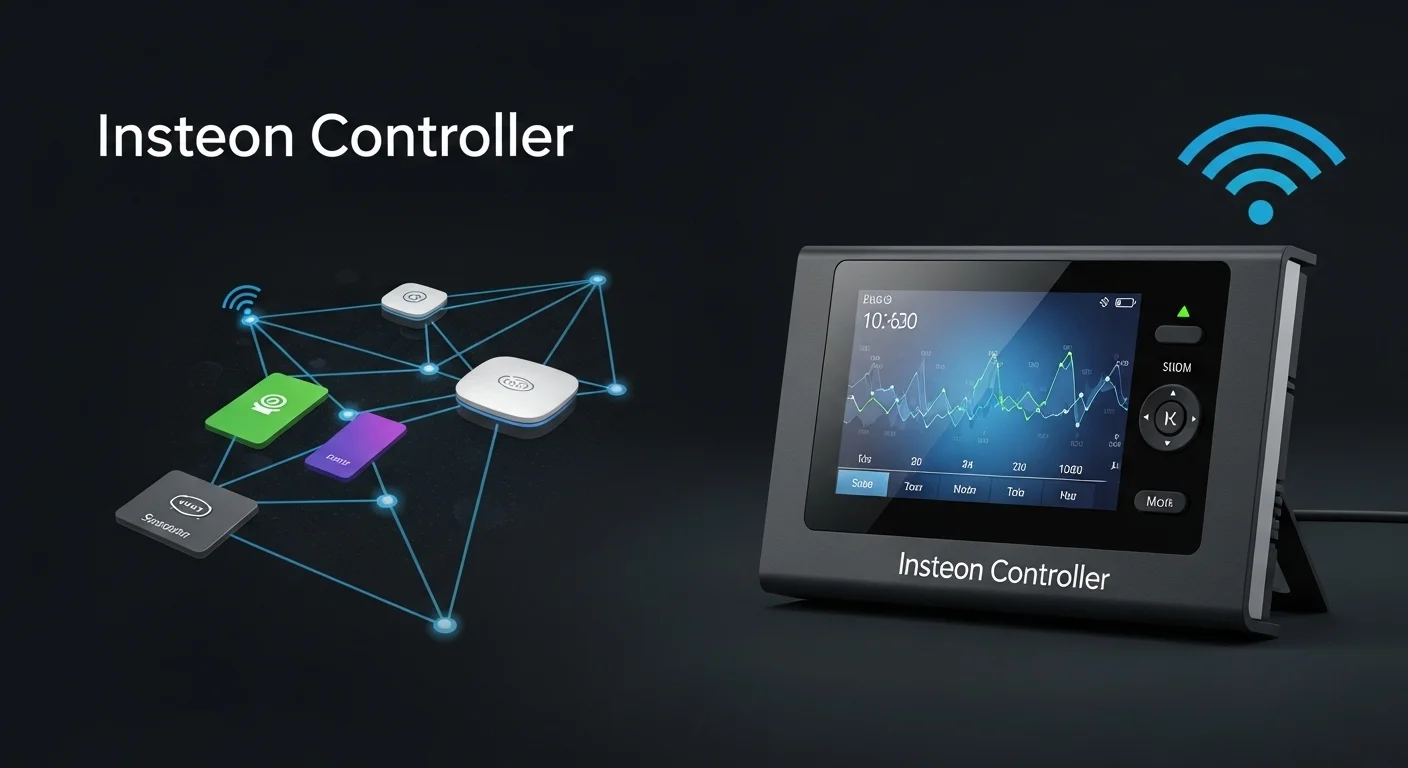
Tips and strategies for Insteon Controller to improve your Technology experience
Maximizing the potential of an Insteon system goes beyond basic installation. By employing smart strategies and best practices, users can create a more robust, secure, and deeply integrated smart environment. Whether you are using the standard insteon hub central controller for its simplicity or a sophisticated insteon controller raspberry pi for its power, these tips will help you enhance your technology experience and unlock the full capabilities of your network for both home and business applications.
Best Practices for a Rock-Solid Network
The reliability of your Insteon network hinges on the health of its dual-mesh communication. [5] A few key practices can ensure your signals are strong and your commands are executed flawlessly every time.
1. Strategic Device Placement: Remember that every wired Insteon device is a repeater for both powerline and RF signals. [7] When building your network, ensure you have a good distribution of devices throughout your property. Avoid having all your devices clustered in one area. The first device you install should be near your insteon controller, and subsequent devices should create a chain or 'mesh' that covers the entire building. For multi-story homes or large properties, ensure there are devices on each floor and in distant rooms to act as bridges for the signal.
2. Install a Phase-Coupler/Repeater: Most homes in North America have split-phase power, meaning your home's circuits are divided between two separate 120V 'legs'. An Insteon powerline signal on one leg may struggle to reach a device on the other. While the RF signal often compensates for this, for ultimate powerline reliability, installing a phase-coupler (like the Insteon 2443 Access Point) is highly recommended. This device plugs into a 240V outlet (like one for an electric dryer) and physically bridges the two phases, allowing Insteon signals to travel freely across all circuits in your home.
3. Mitigate Powerline Noise: Some electronic devices, particularly older power supplies, cheap LED drivers, and certain appliances, can introduce 'noise' onto your home's electrical wiring, which can interfere with Insteon's powerline signals. If you notice unreliability in a specific area, try to identify noisy devices. You can install an Insteon FilterLinc module on the power cord of the offending appliance to isolate its noise from the rest of the network. This ensures the communication pathways for your insteon central controller hub remain clear and interference-free.
Advanced Automation and Integration Strategies
The true magic of a smart system lies in its automation. Moving beyond simple remote control to a home or business that anticipates your needs is the ultimate goal.
1. Master Scene Creation: Scenes are the cornerstone of automation, allowing you to control multiple devices with a single command. [12] Don't just think of 'All On' or 'All Off'. Create nuanced scenes like 'Movie Night' (dims living room lights, turns on the TV outlet), 'Focus Mode' (brightens office lights, turns off notifications on a smart speaker), or 'Secure Away' (turns off all non-essential devices, locks doors, and arms motion sensors). With an insteon controller, these scenes can be triggered by a keypad button, a voice command, a sensor, or the time of day.
2. Bridge Ecosystems with a Powerful Controller: While the standard Insteon Hub offers integrations with Alexa and Google Assistant, an insteon controller raspberry pi running Home Assistant takes this to an entirely new level. [2, 15] Home Assistant acts as a universal translator for smart devices. You can create automations that cross ecosystems seamlessly. For example, a Ring doorbell press (a Wi-Fi device) could trigger your Insteon porch lights to turn on. A Philips Hue motion sensor (a Zigbee device) could activate an Insteon fan. This ability to integrate best-in-class devices from any manufacturer is the single most powerful strategy for creating a future-proof and endlessly expandable smart system.
3. Leverage Specialized Devices: Expand your thinking beyond lighting. An insteon irrigation controller can be integrated into broader environmental automations. [27, 30] For example, link it to an online weather service through Home Assistant to automatically adjust watering schedules based on forecasted rain, saving water and money. Use Insteon I/O Linc modules to integrate low-voltage devices into your network, such as garage door openers, electric driveway gates, or fireplace starters, bringing all aspects of your property under unified control.
Cybersecurity, Privacy, and Business Tools
In an increasingly connected world, security and privacy are paramount. A well-managed Insteon system can be more secure than many competing technologies, especially when implemented with care.
1. Prioritize Local Control: The biggest security advantage of an Insteon system, particularly the Raspberry Pi setup, is the option for 100% local operation. [19] By keeping your data and commands off the public internet, you dramatically reduce your attack surface. This is a crucial consideration for businesses handling sensitive information or homeowners concerned about privacy. Unlike systems that are rendered useless without a cloud connection, a local Insteon network is inherently more resilient and secure. [38]
2. Secure Your Network: For any components that do touch the internet (like your router or the Insteon Hub), follow standard cybersecurity best practices. Use strong, unique passwords for your Wi-Fi network and any user accounts. Enable WPA3 encryption on your router if available. For businesses, consider placing your smart home hub on a separate VLAN (Virtual Local Area Network) to isolate it from critical business systems like point-of-sale terminals or servers.
3. Utilize as a Business Intelligence Tool: For business owners, the data generated by an Insteon system can be a valuable tool. Motion sensor data can reveal traffic patterns within a retail space, helping to optimize store layout. Energy usage data from smart plugs can identify inefficient appliances that need replacement. By analyzing these patterns, a business can move from simple automation to data-driven optimization, improving efficiency and profitability. For a deeper dive into how different smart home technologies interact and the security implications, resources like this article on smart home cybersecurity provide valuable external context. [41] By combining robust Insteon technology with intelligent strategies, users can build a truly smart, secure, and efficient environment tailored to their exact needs.
Expert Reviews & Testimonials
Sarah Johnson, Business Owner ⭐⭐⭐
The information about Insteon Controller is correct but I think they could add more practical examples for business owners like us.
Mike Chen, IT Consultant ⭐⭐⭐⭐
Useful article about Insteon Controller. It helped me better understand the topic, although some concepts could be explained more simply.
Emma Davis, Tech Expert ⭐⭐⭐⭐⭐
Excellent article! Very comprehensive on Insteon Controller. It helped me a lot for my specialization and I understood everything perfectly.


